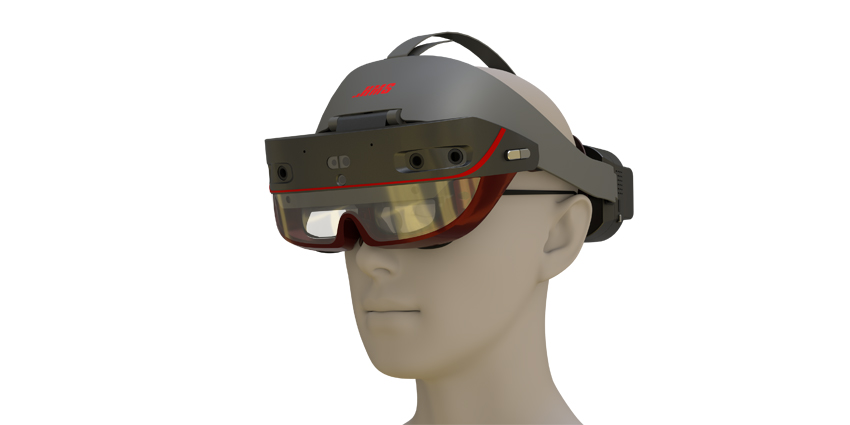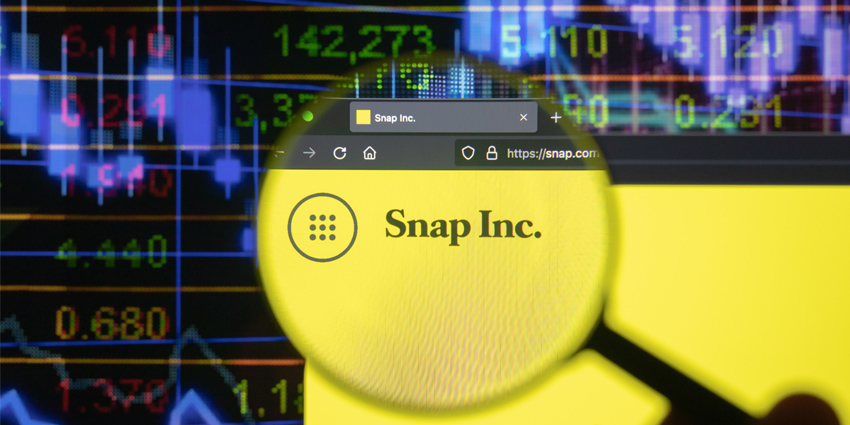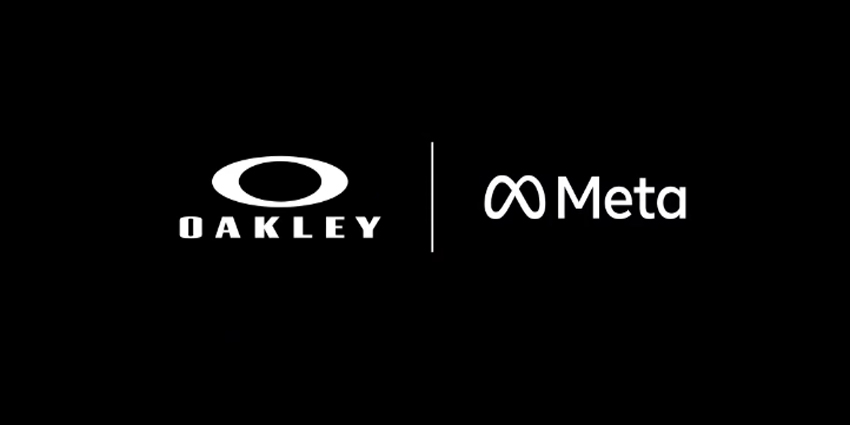Nearly 80-year-old electronics and imaging technology company, Epson, is relatively less widely known for its augmented reality (AR) solutions for enterprise wearables. But Epson was among the industry’s earliest movers, launching its first range of AR glasses called Epson Moverio in 2011. There are four Epson Moverios available today — the Moverio BT-300, Moverio BT-350, Moverio BT-35E, and the Moverio BT-30C, designed for business, ruggedised, and personal use.
In 2019, Epson also launched Moverio Assist, a remote assistance solution that would help field personnel offer hands-free support services.
Epson Moverio AR glasses remain among the more popular devices in its category, given that AR glasses are yet to live up to their original hype. So, does the Moverio glasses + Assist software combination make a genuine difference? Let us explore its capabilities in more detail.
What are the Key Features of Epson Moverio?
Epson Moverio glasses are designed for highly specific use cases. The BT-30C is a personal wearable device, the BT-35E is meant for business use, the BT-350 is ruggedised for field personnel, and the BT-300 offers the greatest portability. Here are their key features.
Camera quality
All the devices barring the 30C are equipped with a 5MP HD camera to understand, analyse, and process the physical world surrounding the wearer. This is coupled with a binocular display, which enables superior depth perception and accurate visual measurement of distance.
High-performance display
The Epson Moverio devices come with a 0.43-inch silicon OLED display that has a resolution of 1280p x 720p (HD). This is a major improvement from Epson’s now obsolete BT-200 model which had only an LCD. The silicon OLED allows for better contrast, a wider spectrum of colour recreation, and true display transparency to mimic traditional spectacles.
Operating system and computing power
The devices run on Android operating systems (5.1 and higher) and are powered by an Intel Atom X5 processor. This is more than sufficient for use cases such as collaboration, training, accessibility, and remote service. Some variants also support USB or other types of video input further, optimising resource usage. Epson Moverios typically offer six hours of battery life or thereabouts.
Software support
Epson has its own network of solution providers, building dedicated software for the Moverio AR glasses series. Additionally, there is the Moverio Assist platform for remote communication between in-office experts and field personnel. You can communicate information via voice, messaging, video, or file sharing sitting inside the office, and the Moverio conveys it as a real-time immersive experience.
What are the Benefits of Using Epson Moverio?
The Moverio BT-350 is ruggedised and has an optional ANSI safety shield, perfect for field use. By coupling it with Epson’s remote assistance software, you can empower field workers with “see what I see” technology that breaks down the distance barrier to a great extent. In a post-COVID-19 world, solutions like these will be essential to achieve first-time-right with minimal in-person interaction.
How Much Will It Cost?
Epson Moverio Assist costs $39.99, $79.99, and $99.99 per month for remote communication worth 240 minutes, 1000 minutes, and unlimited minutes per month respectively. Apart from this, you’ll have to purchase the Moverio AR glasses separately.







